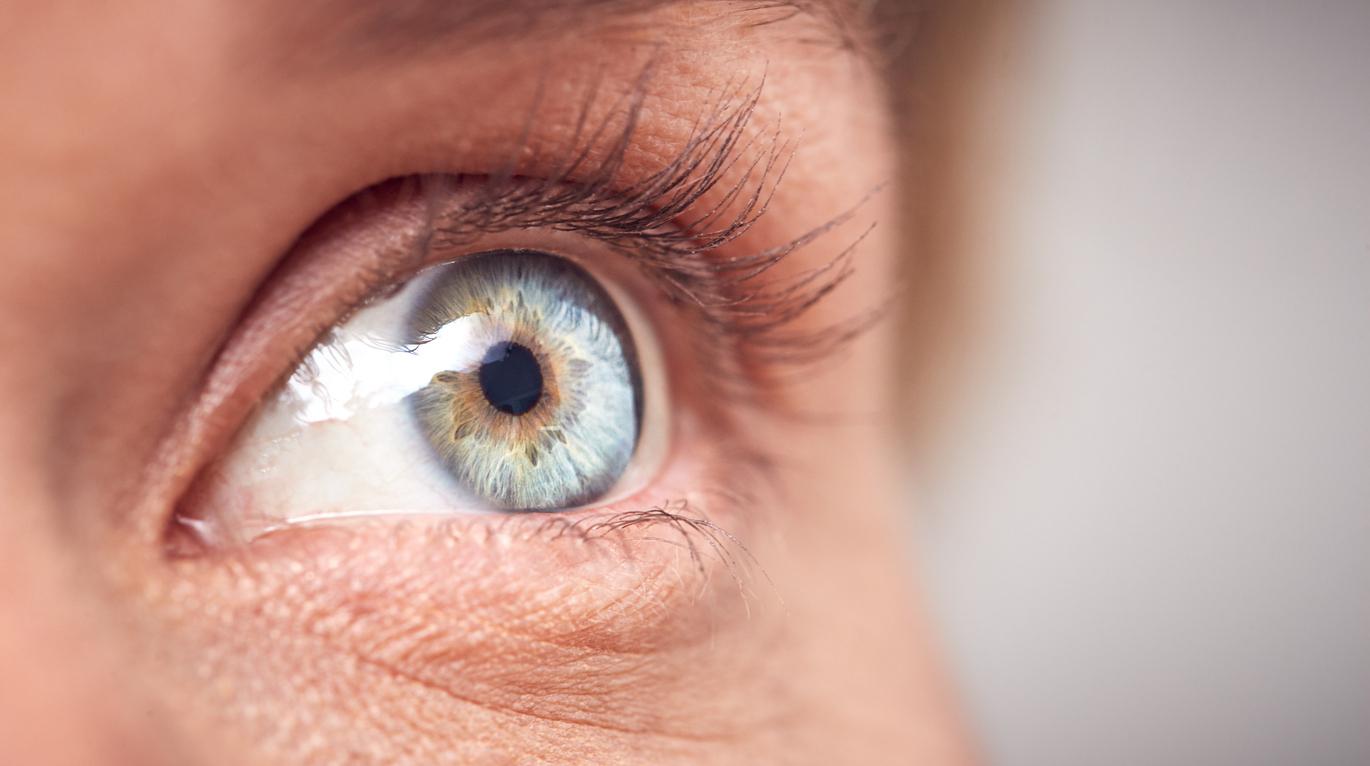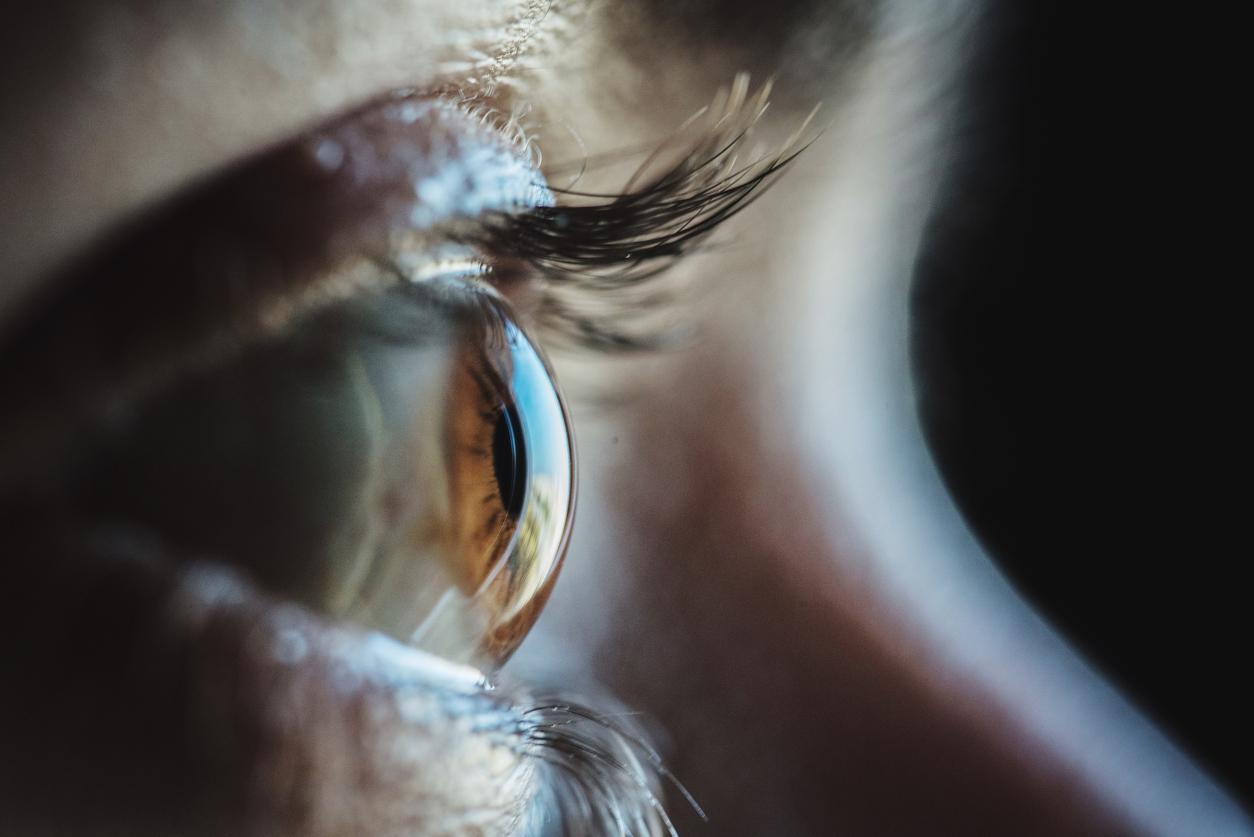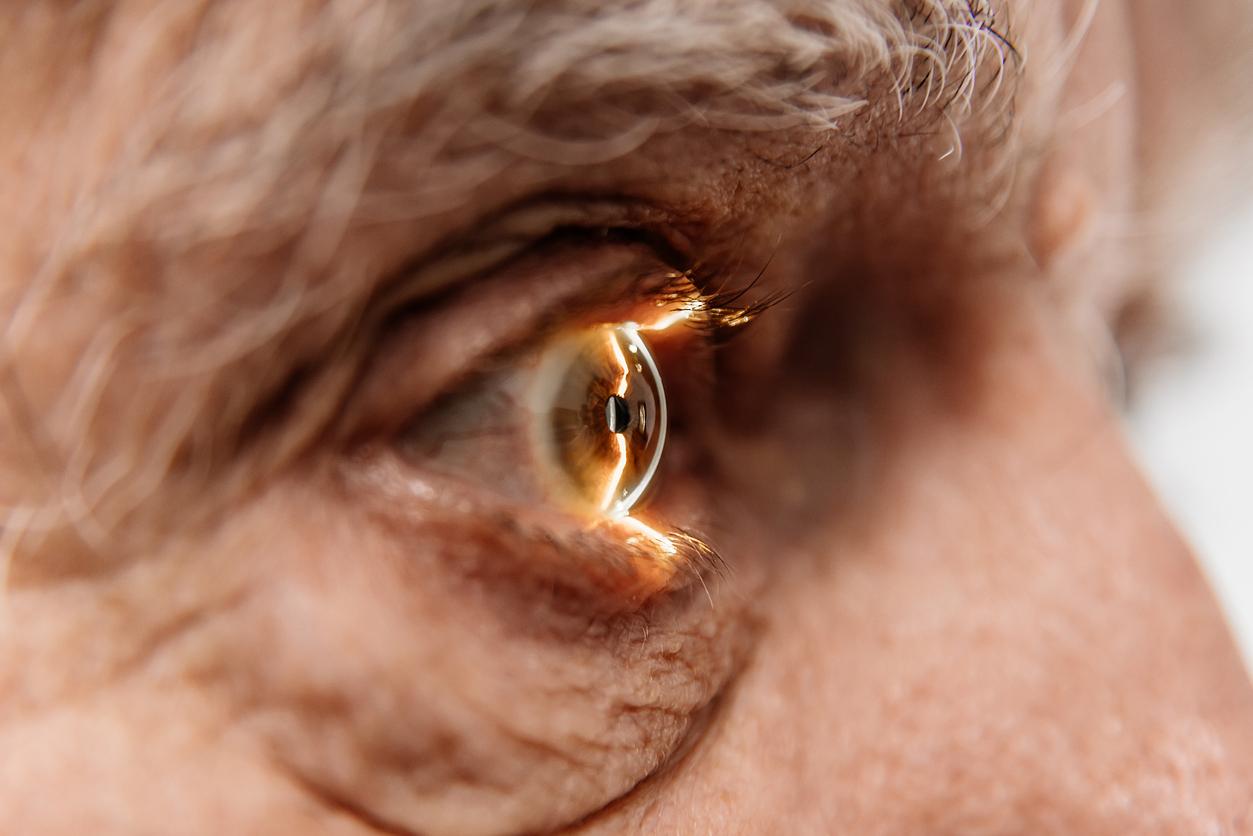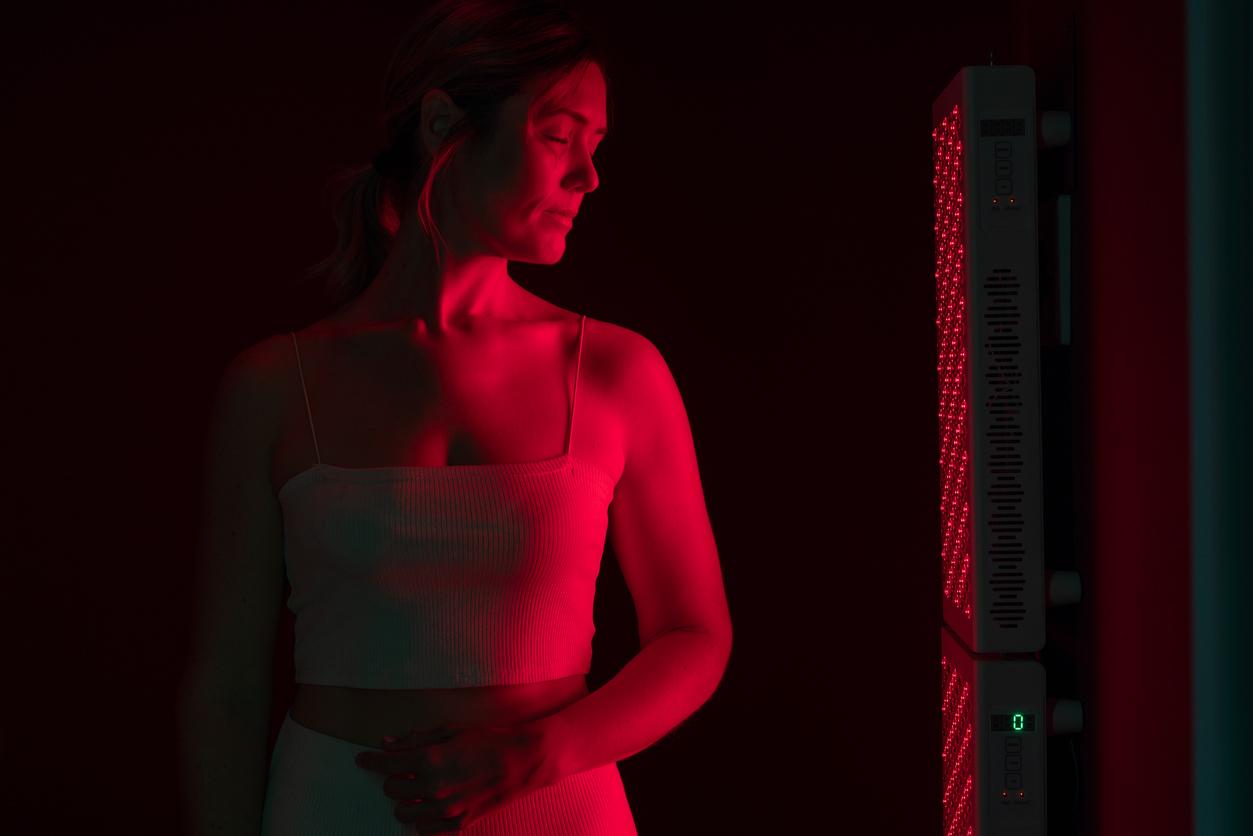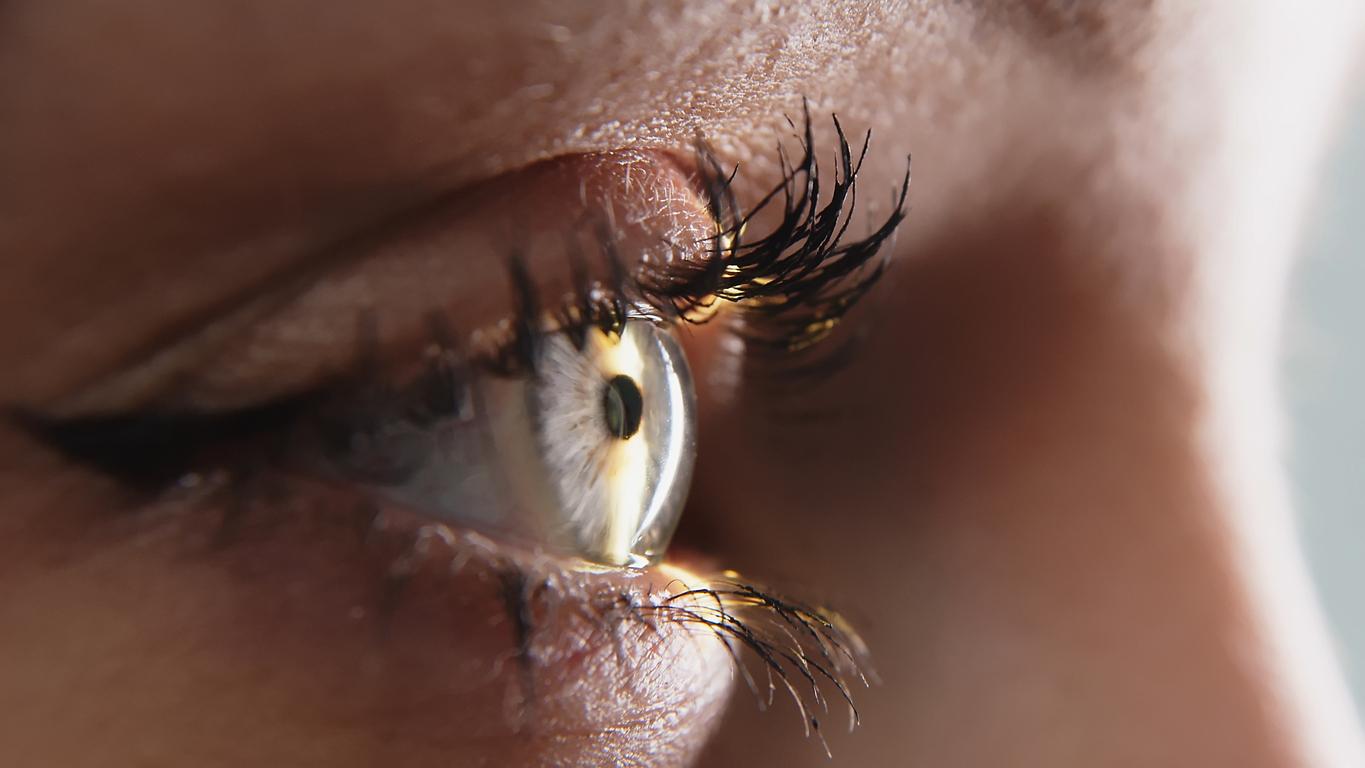A combination of molecules regenerated the optic nerve, which was chemically damaged, and restored vision in mice.
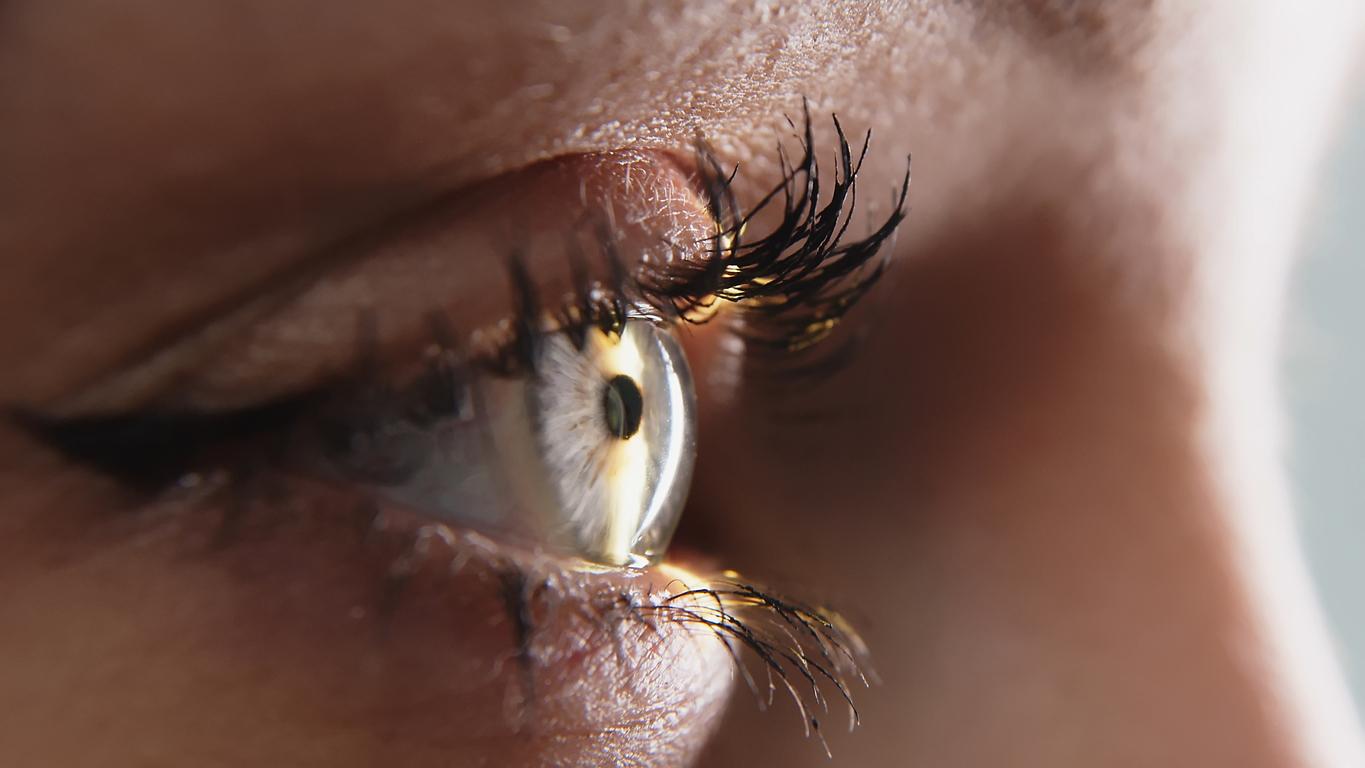
- In the study, mice, whose optic nerve had been chemically damaged, were given a “cocktail of small molecules.”
- Recovery of vision was observed after two weeks of treatment.
- This visual improvement was more marked for the right eye.
“Destruction of retinal ganglion cells is the common endpoint of many optic neuropathies, ultimately leading to irreversible loss of vision,” said researchers at Children’s Hospital Los Angeles (United States). This is the case in glaucoma. Although the regenerative capacity of cells constitutes a promising approach to treating the disease, it is limited in mammals. In one study, scientists wanted to test the effectiveness of small molecules in cell reprogramming.
Glaucoma: “recovery of visual functions” after 2 weeks of treatment
In previous work, they revealed that a combination of five small molecules (called 5C) could reprogram fibroblasts into photoreceptors, subsequently leading to the restoration of vision during subretinal transplantation in blind mice. As part of their new research, the team added three additional molecules to stimulate the differentiation of Müller glial cells, already present in the retina, which can be reprogrammed into retinal neurons. They tested the “small molecule cocktail” on rodents whose optic nerve had been chemically damaged.
“The chemical cocktail induces the proliferation, migration and transdifferentiation of endogenous Müller cells after an injury. (…) Consistently, we observed a recovery of visual functions from the 16th day. We noted a differential improvement of the vision between the right eye and the left eye on the 16th and 23rd days, the right eye having improved”, can we read in the results published on the site BioRxiv.

This restoration of vision persisted for at least four months
In further observation, they then performed a light avoidance test in the animals to determine whether the improvement in retinal function was enough to change their behavior. Normal mice have a natural aversion to brightly lit areas. During the experiment, all rodents were placed in a space for 300 seconds and the proportion of time spent in the brightly lit area was recorded. Animals treated with the cocktail showed a clear and statistically significant preference for dark areas, while control mice showed no such preference.
Next, the researchers performed a “visual cliff test,” a method used to assess depth perception and fear of crossing the deep side of a platform. In general, normal mice tend to avoid the deep side, preferring the shallow side of a visual cliff. The rodents were placed on the transparent platform with an apparent hole on the side. The observations revealed that the animals which benefited from the cocktail of molecules displayed a notable preference for the shallow side. This restoration of vision persisted for at least four months.







